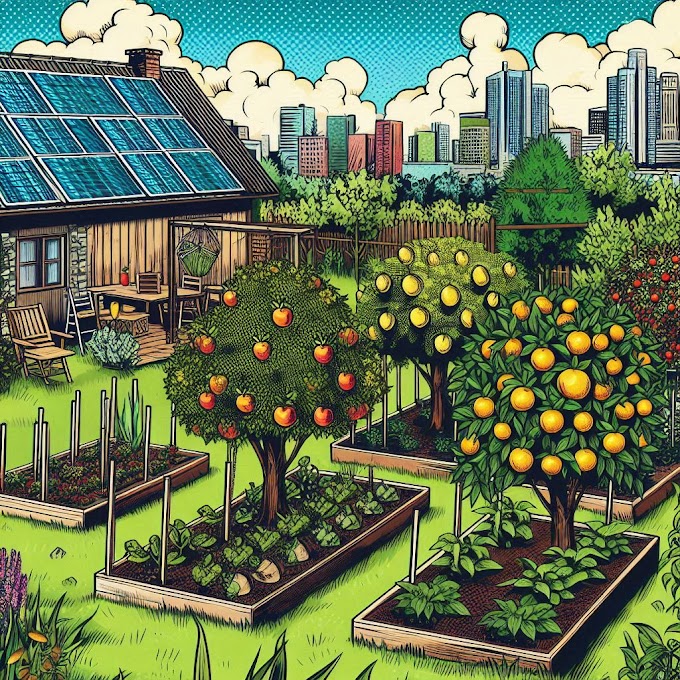Survival Gardening: Cultivating Resilience in Uncertain Times
In a world of shifting dynamics, a survival garden isn’t just a patch of greenery—it’s a lifeline. Whether you’re navigating economic uncertainties, preparing for emergencies, or simply embracing self-reliance, survival gardening is a vital skill worth mastering.
Let's dive into how to create a robust, sustainable garden that not only feeds your family but also fortifies your independence.
What Is a Survival Garden?
A survival garden is a strategic plot designed to provide nutrient-dense, high-yield crops that can sustain your household year-round. Unlike a hobby garden, it focuses on essentials: calorie-rich vegetables, adaptable fruits, and reliable protein sources. The goal is resilience, with an emphasis on practicality over aesthetics.
Step 1: Plan with Purpose
Survival gardening begins with a plan tailored to your environment. Ask yourself:
What grows well in my region?
How much space do I have?
How many mouths am I feeding?
For small spaces, vertical gardening or container setups maximize yield. For larger areas, rotating crops and companion planting keep your soil healthy and productive.
Step 2: Choose High-Value Crops
Not all plants pull their weight in a survival garden. Focus on crops that are:
Nutritionally Dense: Sweet potatoes, beans, kale, and squash.
Easy to Store: Potatoes, carrots, onions, and garlic.
Fast-Growing: Radishes, lettuce, and spinach for quick harvests.
Perennial: Asparagus, berries, and fruit trees that return yearly.
Don’t overlook medicinal plants like chamomile and echinacea, which can replace over-the-counter remedies when access is limited.
Step 3: Build Your Soil
Healthy soil is the cornerstone of a successful garden. To ensure longevity, enrich your soil with organic matter such as compost, manure, or leaf mold. Consider these methods:
Composting: A free, eco-friendly way to recycle kitchen and yard waste.
Mulching: Retains moisture, reduces weeds, and adds organic material.
Crop Rotation: Prevents nutrient depletion and combats pests naturally.
Step 4: Water Wisely
Water scarcity can challenge even the hardiest gardens. Survival gardeners prioritize efficient watering systems:
Rainwater Harvesting: Collect and store rainwater for irrigation.
Drip Irrigation: Directly hydrates roots, minimizing waste.
Mulch Covering: Reduces evaporation and conserves moisture.
Step 5: Preserve the Harvest
A survival garden is only as good as its preservation strategy. Master these techniques to make your harvest last:
Canning: Ideal for sauces, pickles, and soups.
Dehydrating: Lightweight and shelf-stable for long-term storage.
Freezing: Best for berries, greens, and other delicate produce.
Root Cellaring: Store hardy vegetables like potatoes and carrots in cool, dark spaces.
Step 6: Practice Seed Saving
Self-sufficiency isn’t complete without the ability to regenerate your garden. Learn to harvest, dry, and store seeds from open-pollinated plants. This not only reduces dependency on store-bought seeds but also cultivates plants better adapted to your specific environment.
Why Survival Gardening Matters
In times of crisis, a survival garden can mean the difference between scarcity and abundance.
Beyond its practical benefits, it reconnects you with the earth, offers a sense of control, and provides peace of mind in uncertain times.
Survival gardening is more than a trend—it’s a movement toward independence and sustainability. Whether you’re a seasoned green thumb or a beginner, the time to start is now. Plant today for a more resilient tomorrow.












